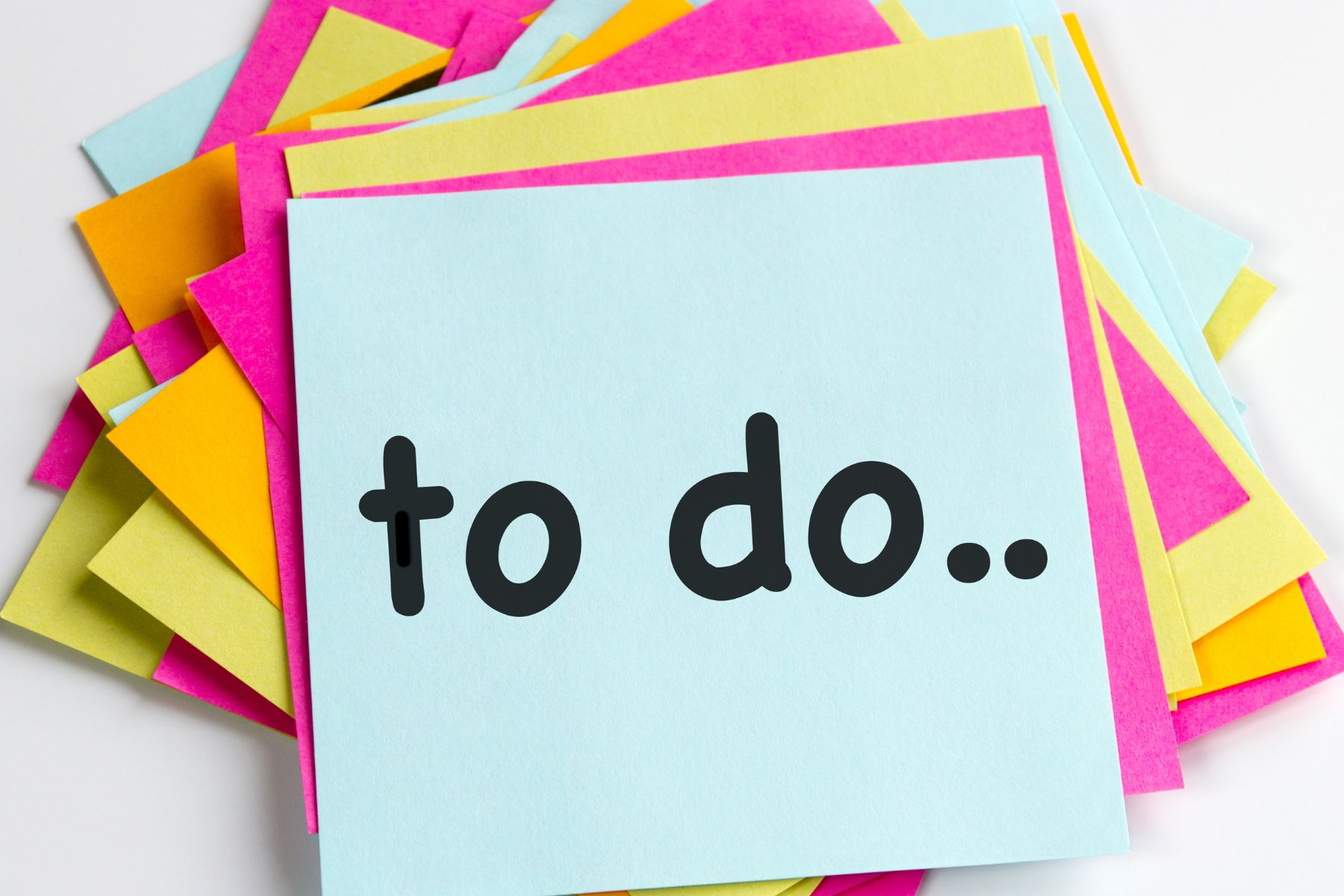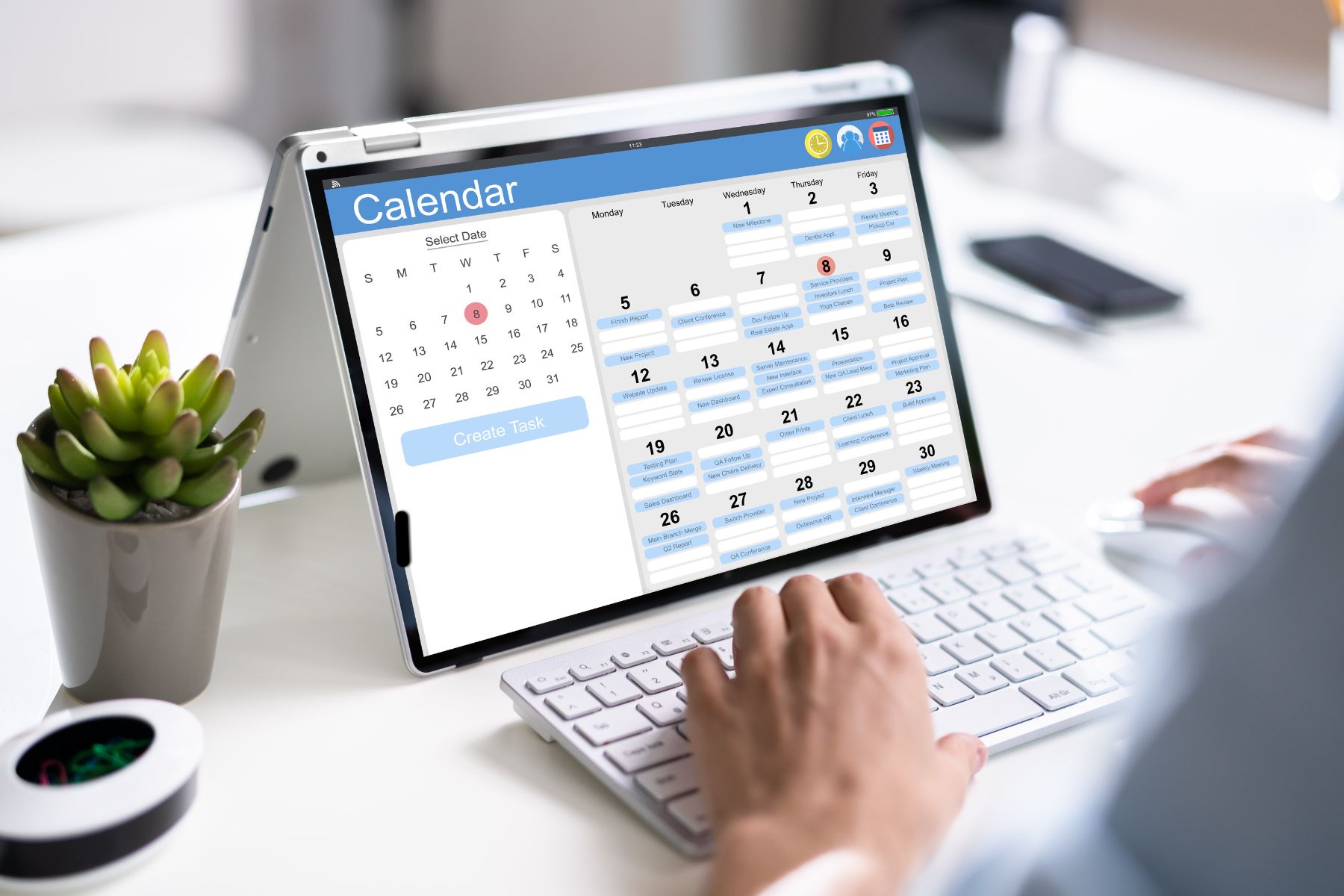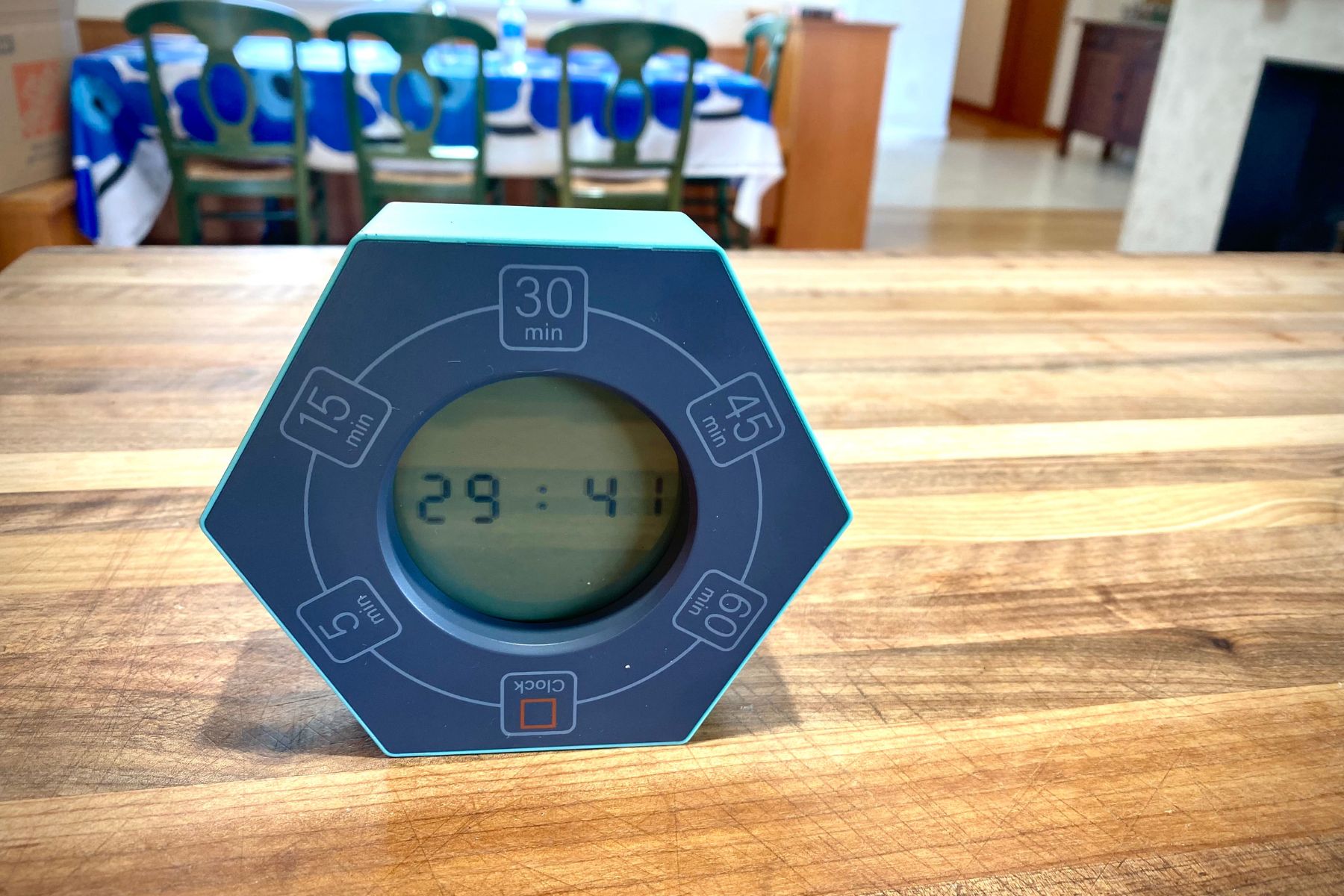Exactly How To Get Sh*t Done
As an Amazon Associate and member of other affiliate programs, I earn from qualifying purchases.

I’m just coming off of a super fun birthday weekend and am now having trouble summoning the motivation to be productive. There are lots of things I have to do (including writing this blog!) that I don’t feel like doing (side note, this is what 3 drinks and staying out past midnight does to you at 54!) This is a familiar crossroads for me, it’s just that I’m usually coaching someone else through the process. But even when I’m stuck myself, this is what I do to get sh*t done.
Getting sh*t done? You know what I’m talking about. All those things you have to do that are swirling around in your consciousness. Some of them big, some of them small. Some of them easy, some of them hard. All of them actually feel hard when motivation is low. Additionally, because they currently exist only in your brain they feel bigger than they actually are.
I have a specific strategy for the process of getting sh*t done. It’s simple. It’s proven. It takes the need for motivation out of the equation, which is why I love it. The process works for anything you want to do: decluttering, errands, work projects, phone calls, new habits. If you want to know how to get sh*t done… just do this!
Step 1: Make a List

I know, a list feels like ‘duh’ but hear me out. If you want to get sh*t done you need to get the things swirling around in your head down on a list. They are way less scary that way. They feel bigger in your head, they are much smaller and less intimidating on a list.
You can write the list down or type in on a device. It can be long or short. It can be incomplete. Just get the sh*t out of your head and onto the list. Studies on the subject say the act of actually writing on paper is powerful and helps recall. However, by capturing the list on a notes app I have access to it wherever I am. Plus I don’t have to remember where I left it or to bring it with me. I like the digital-capture myself, but the important thing is to get the list out of your head so you can use whichever method works best for you.
If you want to create an ongoing habit you can capture to-do’s real time. As they come up just add them to the list (this definitely easier to do if you use the notes app vs. paper.) That way intake never overwhelms you. And you skip the whole part where things feel overwhelming because they are swirling in your head.
Another list-making hack is taking something big like a project and using the list exercise to break it down into smaller to-do items, which you can then schedule in Step 2.
Step 2: Day/Time Commitment

This step is critical to the art of getting sh*t done: committing to a day & time. I know that sounds specific but it really works. Your list is now an approachable and helpful tool but it often doesn’t nudge you over the edge into action.
Assigning a day and time to something on the list (or a group of things on the list) is essential. If you’ve blocked the time off on your calendar the way you would for a meeting or an appointment, it’s a commitment. You have written it down (literally or figuratively) which signals to your brain that it is important. You will be far more likely to actually do the thing if you make a commitment on your calendar.
Do not underestimate the power of this step. It is the secret hack that unlocks productivity.
Step 3: Time Box

This step is not critical, but it is helpful. Time boxing is an antidote to overwhelm. The timer says to your brain ‘no matter how much you actually get done you only have to engage for (15,20,30) minutes.’ If you find yourself consistently in avoidance mode when you try to get sh*t done, then the thing you need to do is likely too big and you should try time boxing to make it less intimidating. I have a special timer that I use for time boxing vs. my phone timer. I like its design and simplicity; it works as another signal to my brain that it is time to be productive.
Essentially, attacking your list in small spurts vs trying to do everything at once is infinitely more productive and eliminates the threat of burnout. You won’t always need to use this strategy but it’s a great one to have in your pocket!
Step 4: The Reward

I love a good reward for motivation. You can use it to grease the gears when you need to get sh*t done. Your reward could be anything from Starbucks to a catnap to a walk outside. Choose something that gives you pleasure and tack it on at the completion of something on your list.
Here’s a random example: I’ve made Spotify Playlists that have my favorite, motivating songs on them. I do not allow myself to listen to the playlists unless I am on a run. Listening to that music is a reward for going running, which (at first) was hard for me to do. If it works with the sh*t you are doing, your reward could be happening simultaneously – it all depends on what you are doing. When I’m doing something that requires focus (like writing) I usually need to save the reward for when I’m done. I have several games I play on my iPad that often serve as rewards for completing something on my list.
Try this process out and see if it works for you – I bet it does! If you want proof, you just read 1000 words of it; today was blog day and I just used it to get that sh*t done! If you’d like more productivity hacks to help you lead a more productive life, sign up for my newsletter here. Now if you’ll excuse me I’m going to go watch an episode of Sex and the City…







Method Seattle Comment Policy
We welcome relevant and respectful comments. Off-topic comments may be removed.
One Comment